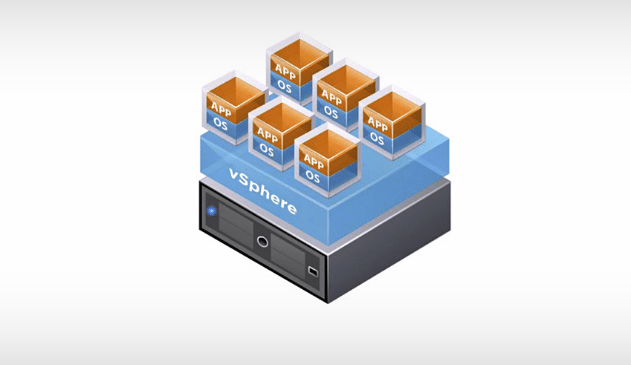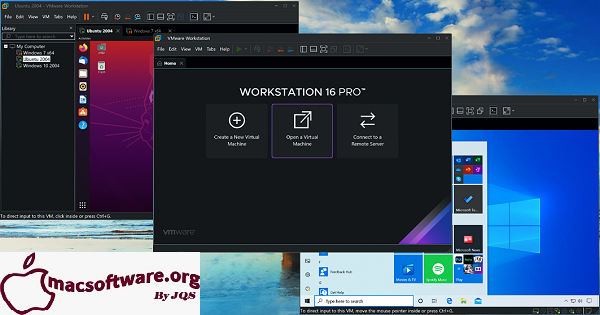


Installed VMWare Workstation Player 16.0 free for non-commercial use, download from here: VMware Workstation Player – VMware Customer ConnectĪfter the installation, I opened the VMWare Workstation Player and I managed to set up and run a Windows 10 VM. To enable the Hyper-V Mode Support we need first to enable Hyper-V at the Windows Host via the add/remove features GUIor PowerShellĮnable-WindowsOptionalFeature -Online -FeatureName HypervisorPlatform -AllĮnable-WindowsOptionalFeature -Online -FeatureName Microsoft-Hyper-V -All I tested it also with Windows 10 20H2 Enterprise, and since the Hyper-V mode is supported, it should run at all Windows Client & Server OSs that support nested virtualization and to all E_v4 & D_v4 Azure VM Serries. CPU 2 -> con il spunta su Expose hardware assisted virtualization to the guest OS. Select the Secure Boot check box to enable secure boot.

Under Boot Options, ensure that firmware is set to EFI. Click the VM Options tab, and expand Boot Options. Right-click the virtual machine and select Edit Settings. Find out more here & hereĪzure VM Standard E4s_v4 Gen 1 running WindEnterprise Browse to the virtual machine in the vSphere Client inventory. UPDATE: Since version 15.5, VMware Workstation & Player Supports Host Hyper-V Mode. VMware ESXi, Workstation, and Fusion updates address multiple out-of-bounds read vulnerabilities. I had a request to run VMWare Workstation Player on an Azure VM for some testing and labs. VMWare Workstation Player on Azure VM for testing | Updated September 2021


 0 kommentar(er)
0 kommentar(er)
